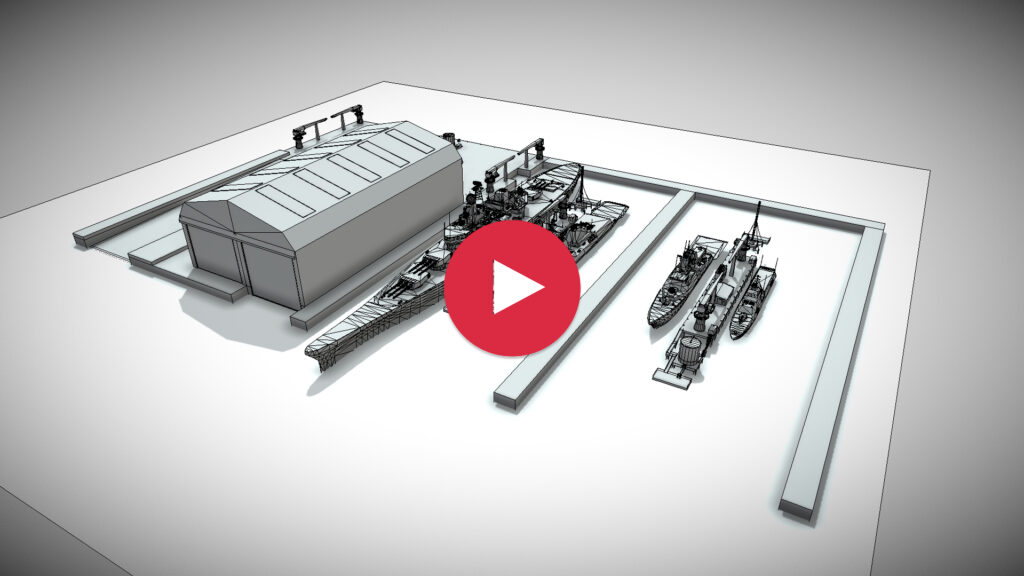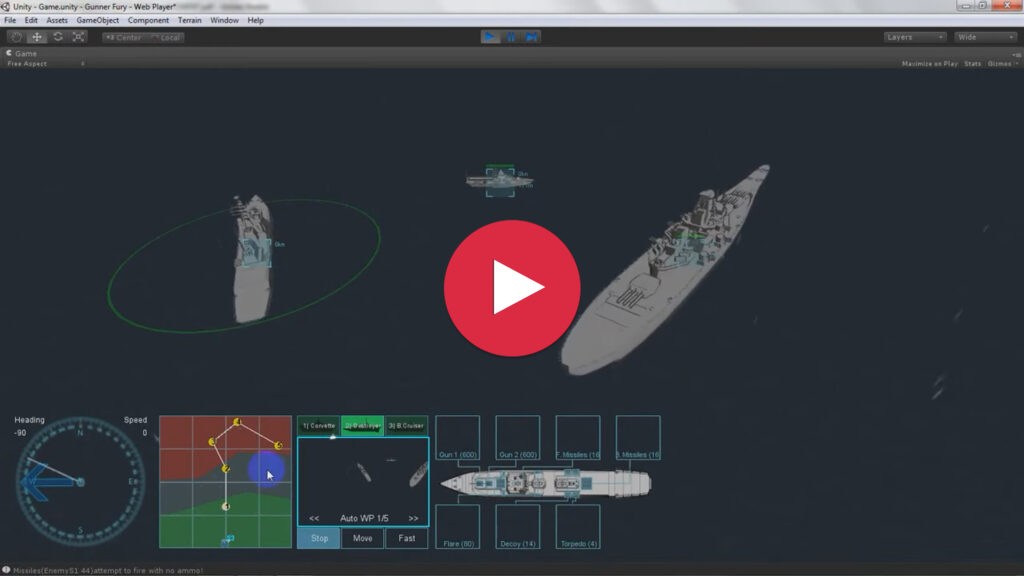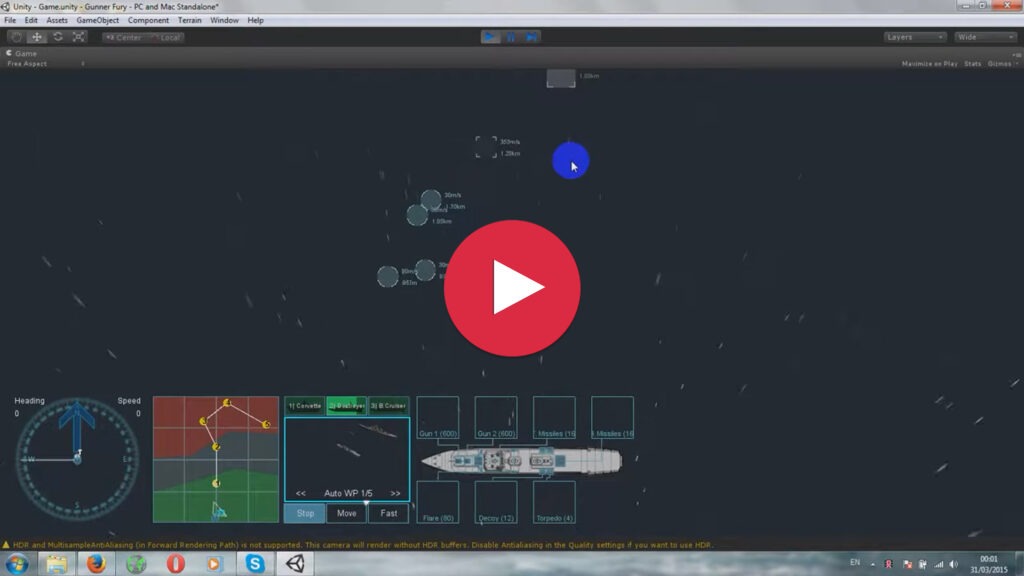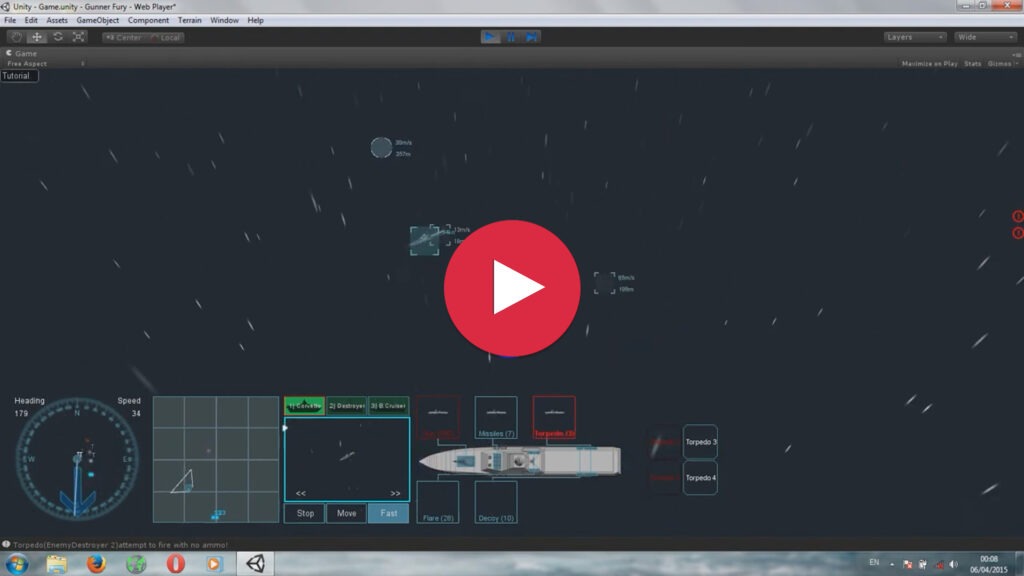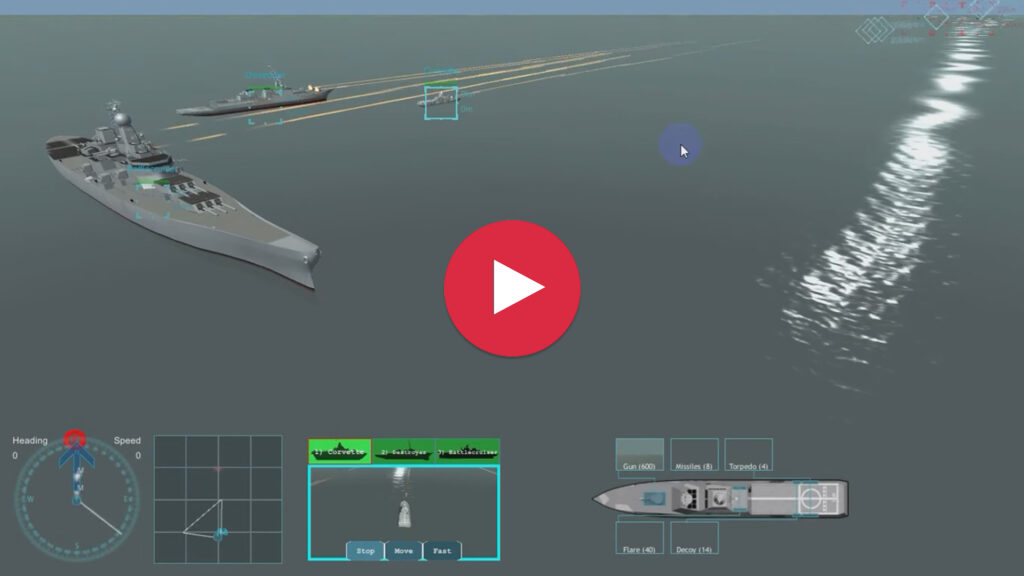The story goes back to 2012, when I had just graduated from university as a newly minted game designer. I returned home and made a plan to work at a game studio that was still relatively new in Indonesia at the time.
To get in, I needed a portfolio in the form of a playable prototype. I saw it as the perfect opportunity to apply the skills I had learned during university.
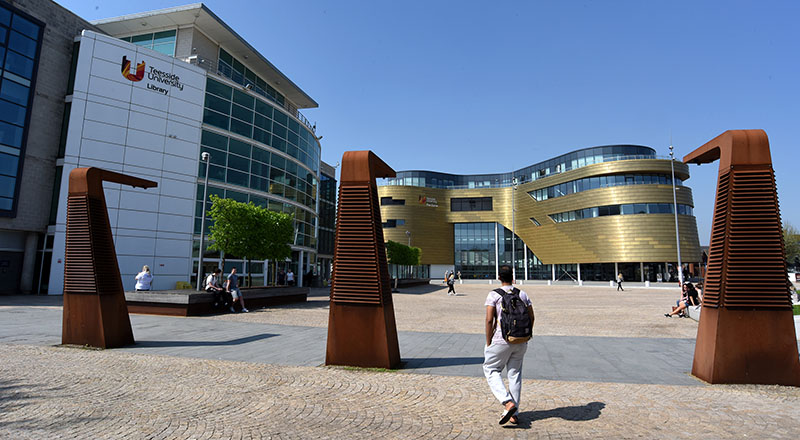
Gather the team (ID, UK, US)
Additionally, I needed a team to create this portfolio, so I started with my closest circle. I have friends from university who are in the same situation as me, as well as friends from previous projects.
- I made a deal with my first Game Programmer, who lives in the UK. We were in the same class and had worked together before, so I was familiar with his skills in using the Unity game engine. One problem solved (profile).
- Next, I needed the help of a 3D artist to handle some game assets and textures. I knew someone from a previous project who was highly skilled in his field. He lives in the US, and when I invited him, he was interested (profile).
- As for myself, I live in Indonesia. I can handle: Game Design, Game Research, Game Concept, Level Design, UI/UX, Sound Editing, and 3D Modeling.
With that, the minimum team needed was complete.
Important Note: as for game designers, understanding the technical aspects required for game development and recognizing the strengths and weaknesses of the development teams is highly beneficial when making decisions about what games their team can create.
Game that fit our skills
Okay, based on the skills we’ve mastered, we need a game concept that fits our skills:
- Since none of us is capable of animating objects, the game doesn’t require rigs or complex animations.
- Since none of us is skilled in art, the game doesn’t require artwork.
- We don’t want to spend too much time working on level design, so the game doesn’t need complex level layouts.
- Our target is a working prototype, so the game doesn’t require progression systems.
- We want our game to be flexible, it should be playable with both a regular controller and a touchscreen.
- The game should be expandable to accommodate new features during full production.
Search for References
I’m starting to look for a game concept that suits our skills, and more importantly, one that I will enjoy.
- I like FPS, simulation, and RTS games. FPS isn’t a good starting point because it heavily relies on level design.
- Although I’m skilled at creating level designs, it still takes a long time to make a good one.
- Plus, testing these levels requires good bots and multiplayer, and we don’t have the time or resources for that. Also, there are just too many FPS games out there.
Note: You can view my level design work through Gamebanana
Simulation and RTS could be a great alternative, so I’m trying a combination of both. I looked at a list of games on my Steam account and found a good match: “Wargame: Airland Battle,” with over 400 hours of playtime. Okay, this seems like a concept I can try.
I did deep research on what makes this game fun for me, from the FTUE (First Time User Experience), the theme, the game setting, the function of each unit, and so on. But I realized what’s missing in this game: “NAVAL BATTLE.”
Then I realized there aren’t many modern naval battle games being released, so I decided to focus on creating a concept for a wargame with a naval battle theme.
So, I started researching the types and classes of modern warships, their weaponry, sensors, strengths and weaknesses, the role of each ship, its missions, and how they work in real-world applications. I compiled everything into a Game Design Document, which gets thicker every day.
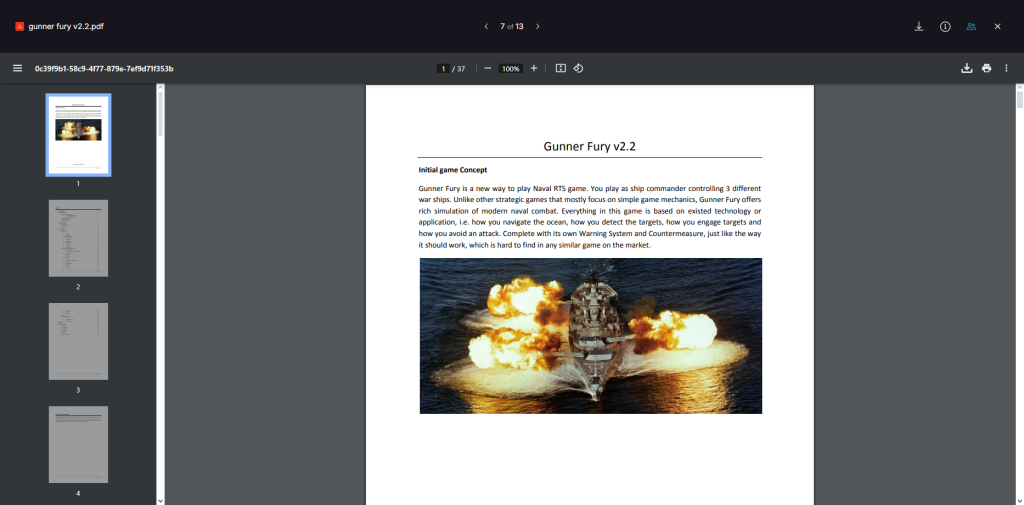
Download the GDD from the following link – Proton Drive
Game Asset
Most of the units in this game will be warships and shipyards, which involve hard surface modeling which I can handle myself, but my only issue is texturing, which can be managed by a 3D artist, along with the additional warships that need to be modeled.
- The asset itself will not require a rig for animation, since the only moving parts are the gun barrel, radar rotation, and silo door, which can be easily handled by the programmer.
- The level design would consist of flat ocean surfaces, nothing complex, and can be easily handled by the programmer.
- Game SFX will be handled by me. I’ve found tons of sample free audio through Google and YouTube searches, which will allow me to make clean cuts for each ship and weapon.
- For UI/UX and the overall game theme, I plan to primarily draw inspiration from “Wargame: AirLand Battle”, while adding my own unique twist.
- The rest, including the game code, will be handled by the programmer.
Game Specification
After I was confident with the game concept we wanted to work on, I shared this concept with the team members. After receiving feedback on what we needed
- Platform: Desktop (Windows OS).
- Genre: Simulation
- Screen layout: Landscape
- Camera: Bird Eye view
- Input: Keyboard and Mouse
- Player: Single player
- Connection: Offline
- Distribution: MODDB
Project Management
In addition to being a game designer, I also participate as a Project Manager, where I create tasks and distribute them. To simplify task distribution, we use the Trello app. I created a card for each team member. From these cards, I can see the status of each task, which greatly helps me monitor the progress of this game.
Working Prototype
After working hard for several months, we finally have a working prototype that can be played.
Since we are still beginners, bugs or absurd things are events that we enjoy every day. For example, “The Drunken Torpedo”.
We don’t stop at one, two, or even a million bugs. We keep pushing forward with the continuous iteration of game development.
We try to make this game as authentic as possible. For example, in the Protection feature, modern warships commonly use CIWS as close defense against missile attacks.
Aim for Full Production
After we felt that the game had potential, I tried reaching out to several game studios/game publishers to secure funding for full production. I received a response from a representative of Wargaming. They requested a prototype of the game we were developing.
After waiting for a while, we didn’t receive any funding because our concept didn’t meet their expectations visually. As I mentioned before, we lacked artistic skills and didn’t have the resources for that. In the end, we decided not to continue the development of this game. It would have been interesting if we had secured the funding to polish the game.
Try Gunner Fury
Download the Gunner Fury from the following link – MODDB

